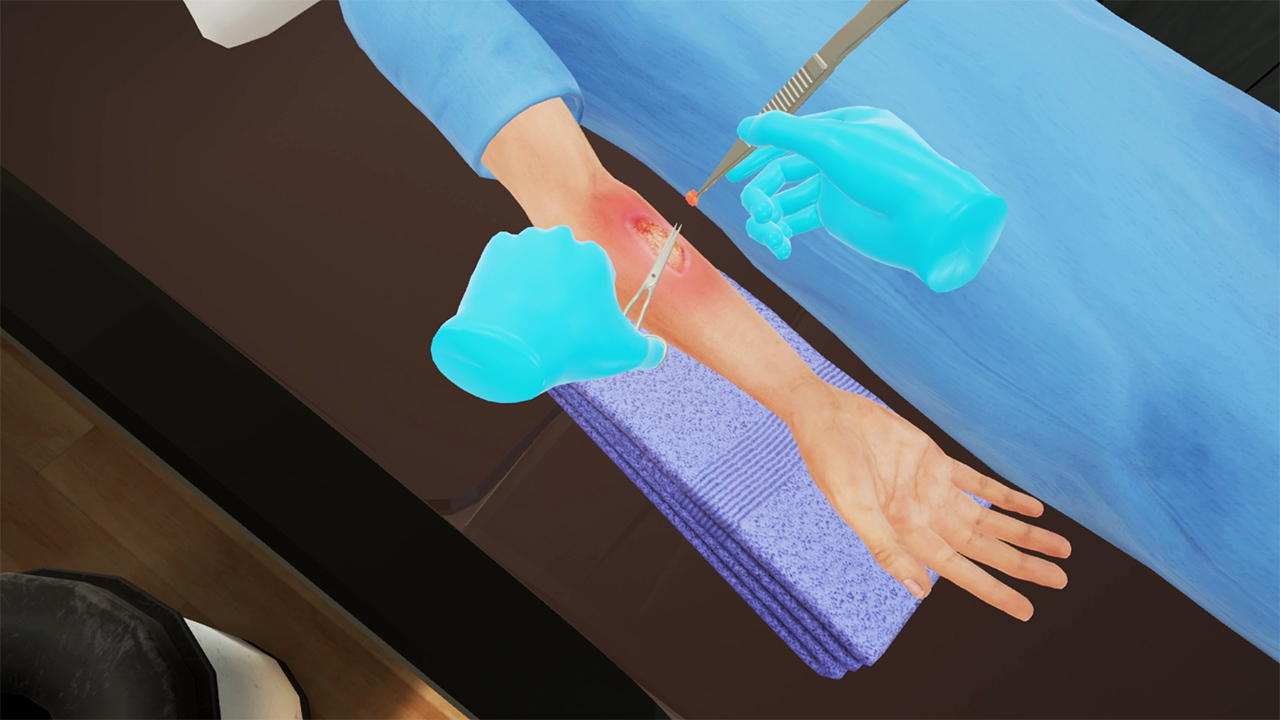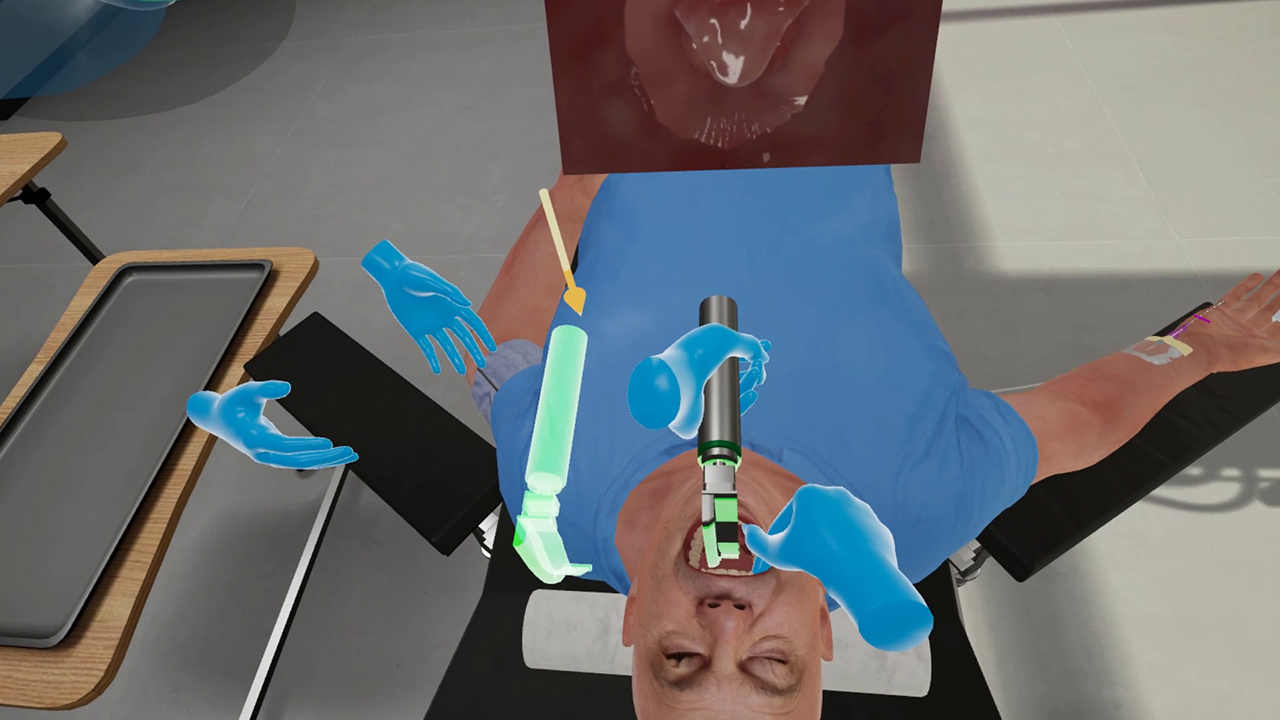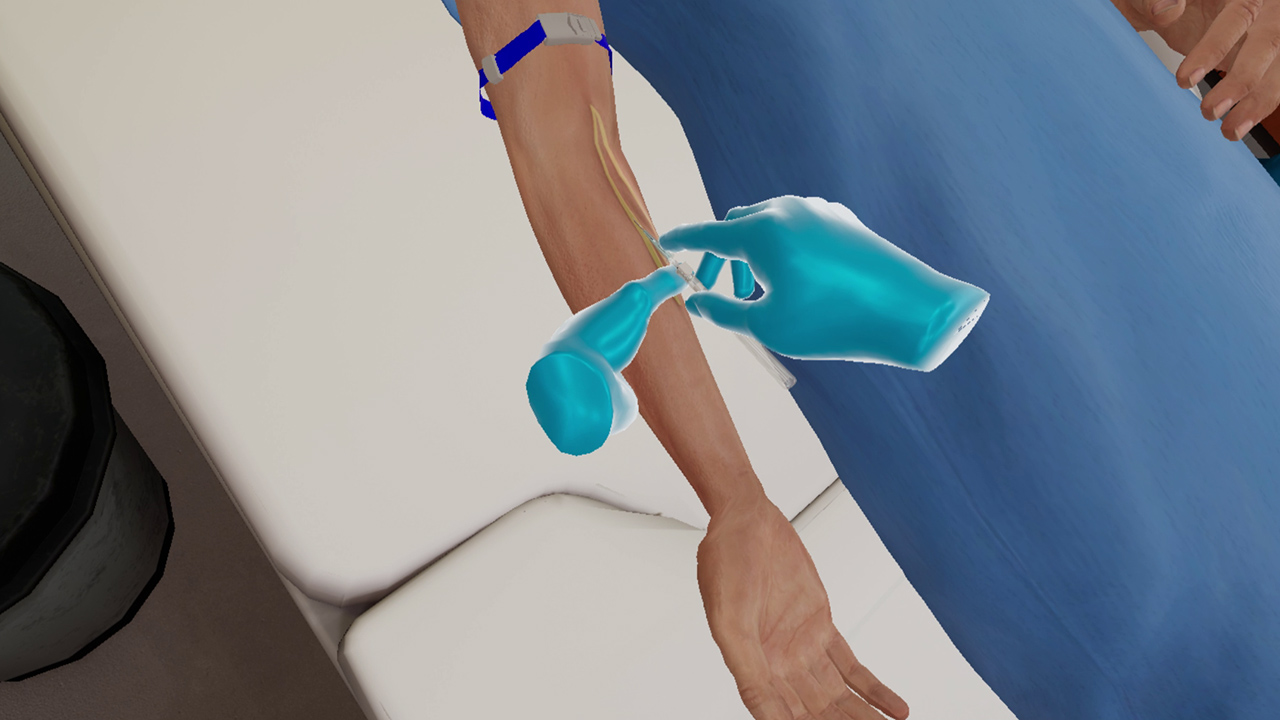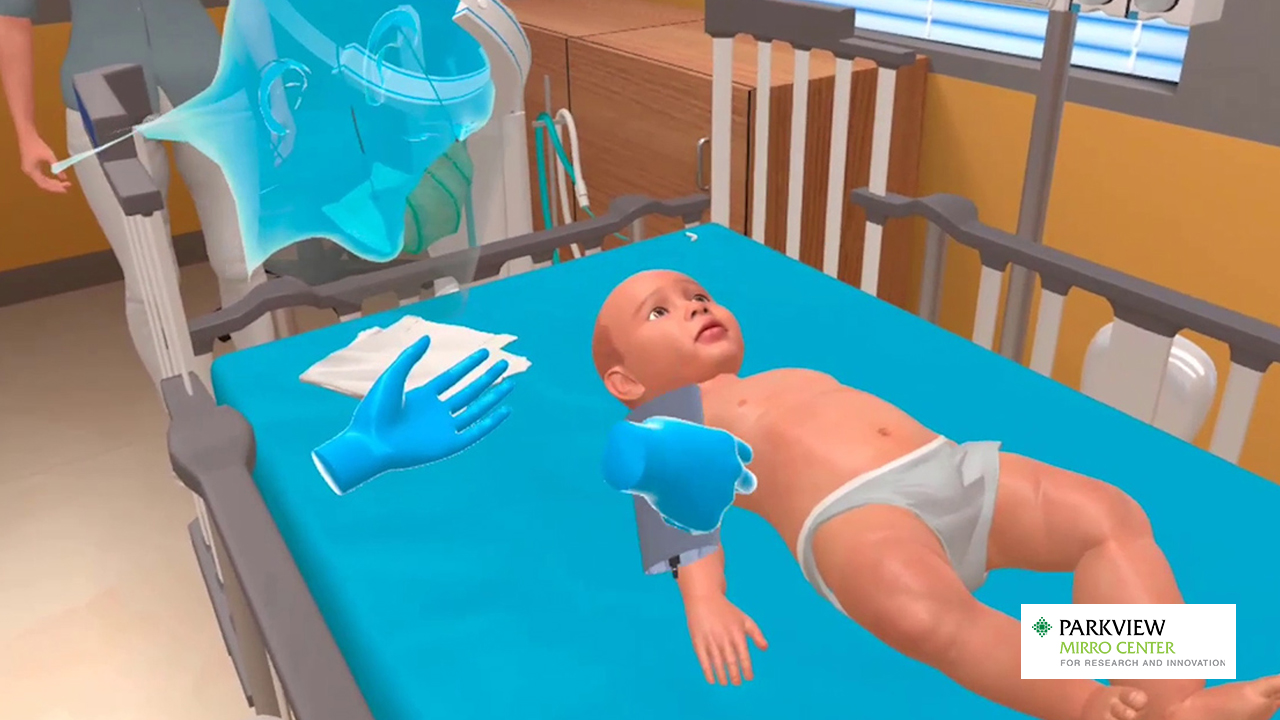
Can VR play a role in building muscle memory?
It is a case of a road accident. The victim is severely injured, unconscious and not able to breathe on his own. As an emergency room nurse, you need to immediately perform an endotracheal intubation procedure. Do you have the time to stop and think about how to insert the laryngoscope? That is not how you work. It is a matter of life and death. The procedure must be second nature to you and one step should follow the next smoothly, seamlessly and swiftly. How do you attain that level of efficiency?
Experience, yes, but along with experience there is one more factor that plays a crucial part in the efficient and skilful performance of nurses and healthcare professionals. This is where muscle memory comes in use.
What is muscle memory?
When we perform a task repeatedly the task gets engrained in our memory. After a certain point we are able to execute the steps in the task without having to consciously think about it. It is like our muscles know what is to be done and they act independently without having to be reminded at every juncture. When you drive your car do you stop to think about pressing the clutch before shifting gears? You don’t, because that has become an involuntary action.
The same applies to multiple aspects in our lives, be it personal or professional. These could be activities like cooking, playing musical instruments or flying aircrafts.
Muscle memory for healthcare professionals
The tide may change in a fraction of a second. As healthcare professionals it is important to be ready for emergencies at any given time. This means that procedures must be engraved in the mind and body, be it simple ones like drawing blood or aiding surgeons in the surgery room. Let us take a look at two instances:
The job of a phlebotomist may appear to be simple but one must not forget that the phlebotomist is responsible for collecting blood samples of multiple patients throughout the day. Preparing the syringe, locating the vein, collecting the sample and labeling the sample – the procedure calls for efficient, skilled and smooth management. Repeated practice sessions can help build the muscle memory. It can help phlebotomist step out into the real world and perform the procedure with no jerks in the process. This is not only beneficial to the professional but also helps build trust among patients.
Physical therapy aides assist patients in multiple ways. A number of exercises are performed involving prescribed movements of the limbs. Patients are also assisted in movements from one location to another, which might involve the maneuvering of wheelchairs. Should these aides go back and forth with instructions on how to perform their duties? This is neither a viable nor the recommended way to function. These tasks are learned, practiced and performed in controlled environments to achieve perfection. Each activity becomes a spontaneous action.

To perform a complex procedure like intubation, it requires skill as well as muscle memory.
Role of VR in Building Muscle Memory
It is true that adequate training helps learners gain confidence and experience. At the same time practicing procedure steps in repetition also helps build muscle memory, a much-needed attribute in the healthcare profession. Training in virtual environments with virtual patients can prove to be a promising way to achieve this goal.
It would worthwhile to emphasize on the role of VR in building muscle memory among healthcare professionals due to the following reasons.
Learning by performing – In a VR environment, learners get the opportunity to learn skills by performing tasks. It is a well-proven fact that the best way to retain knowledge is practical application.
Practicing multiple times – Virtual environments offer multiple practice sessions as there is no need for repeatedly setting up of equipment. Learners can practice as many numbers of times they desire to, so much so that the particular skill becomes a habit.
Identifying and correcting errors – Performing tasks multiple times also helps learners identify their mistakes and correct them. They can revisit procedures, eliminate errors and perform the correct steps repeatedly to get it perfect and make it habitual.
Training in controlled environments – Every case in the field is a new case and can be critical. To get that confidence to perform effectively on the job learners can gain the expertise by practicing in controlled virtual environments.
Guided training sessions to learn – Rich with prompts and feedbacks, guided VR training sessions hand-hold learners through the procedure. This helps them get acquainted, experienced, and skilled to perform individually.
Assessment sessions to test performance without prompts – Once familiar with a procedure and having memorized the steps, learners can test their skills by performing procedures without prompts. Doing so they can gauge their skill level and comfort level of performing a procedure independently.
While muscle memory is beneficial for all in various walks of life, when it comes to the healthcare sector it takes on a whole new level of significance. Here it becomes a crucial factor in the health and well-being of patient, especially critical care patients. MedVR Education offers virtual reality simulation training is various critical care and patient care skills. This can help build muscle memory and help healthcare professionals perform their duties with confidence and efficiency.
Contact us to know more about VR in healthcare training, or visit our MedVR Education webpage to explore the various programs we offer.


